INFRARED SIGNATURES OF SELECTED WORLD WAR II VEHICLES
Infrared sighting systems detect thermal energy (heat) from a target and guide the munition to the high temperature area in anticipation of a direct hit on the target. Roberts Armory has performed research on thermal signatures of selected WWII vehicles, which are depicted below. Infrared detection in the 8-14 micron range was utilized. Hot areas are bright while colder areas are dark. All vehicles are stationary and at engine idle.
Ambient temperature is approximately 75 F.
M3 75 MM GUN MOTOR CARRIAGE
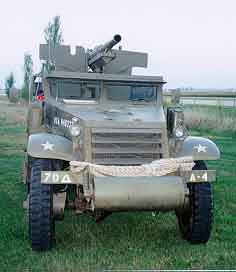
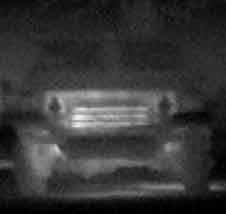 The visual frontal view is on the left, the infrared frontal image is on the right. Major flaring (bright spots) can be seen through the armored louvers from the exhaust manifold. Flaring on the ground is a result of cooling fan heat transfer.
The visual frontal view is on the left, the infrared frontal image is on the right. Major flaring (bright spots) can be seen through the armored louvers from the exhaust manifold. Flaring on the ground is a result of cooling fan heat transfer.
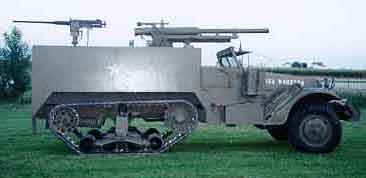
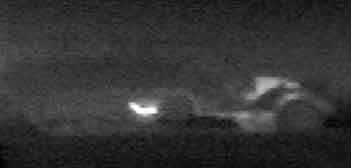 The right side infrared view shows considerable flaring at the exhaust pipe near the middle of the right track.
Engine compartment flaring as a result of exhaust and radiator cooling air flow heat transfer is readily detectable.
The right side infrared view shows considerable flaring at the exhaust pipe near the middle of the right track.
Engine compartment flaring as a result of exhaust and radiator cooling air flow heat transfer is readily detectable.
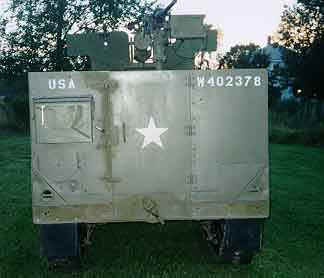
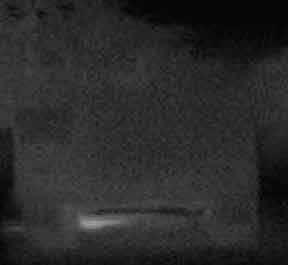 The rear infrared view shows minor flaring as a result of engine cooling air heat transfer to the ground.
The rear infrared view shows minor flaring as a result of engine cooling air heat transfer to the ground.
M5A1 Light Tank
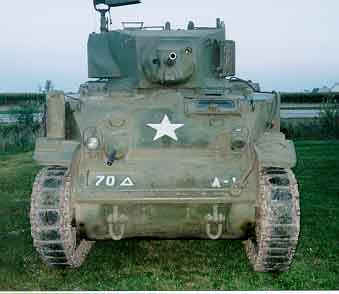
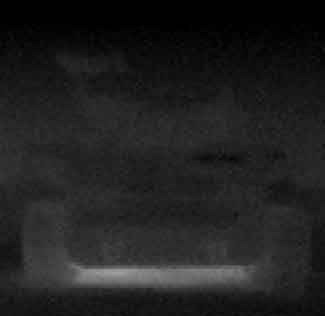 Frontal infrared view shows little flaring with the exception of heating at the rear belly area from cooling and exhaust impingement.
Frontal infrared view shows little flaring with the exception of heating at the rear belly area from cooling and exhaust impingement.
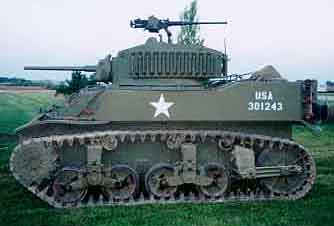
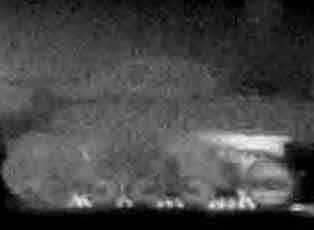 Left side view shows considerable flaring at the rear belly area, where the two engines are located. Exhaust is directed downward causing heat transfer to the ground and under the belly area. Heating near the bustle area is a result of conduction through the armor wall of the engine compartment.
Left side view shows considerable flaring at the rear belly area, where the two engines are located. Exhaust is directed downward causing heat transfer to the ground and under the belly area. Heating near the bustle area is a result of conduction through the armor wall of the engine compartment.
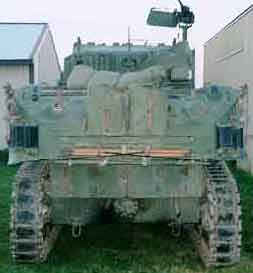
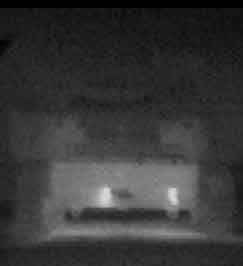 Rear view shows considerable flaring at the exhaust pipes as well as around the engine compartment armor.
Rear view shows considerable flaring at the exhaust pipes as well as around the engine compartment armor.
























 BACK TO ROBERTS ARMORY HOME PAGE
BACK TO ROBERTS ARMORY HOME PAGE